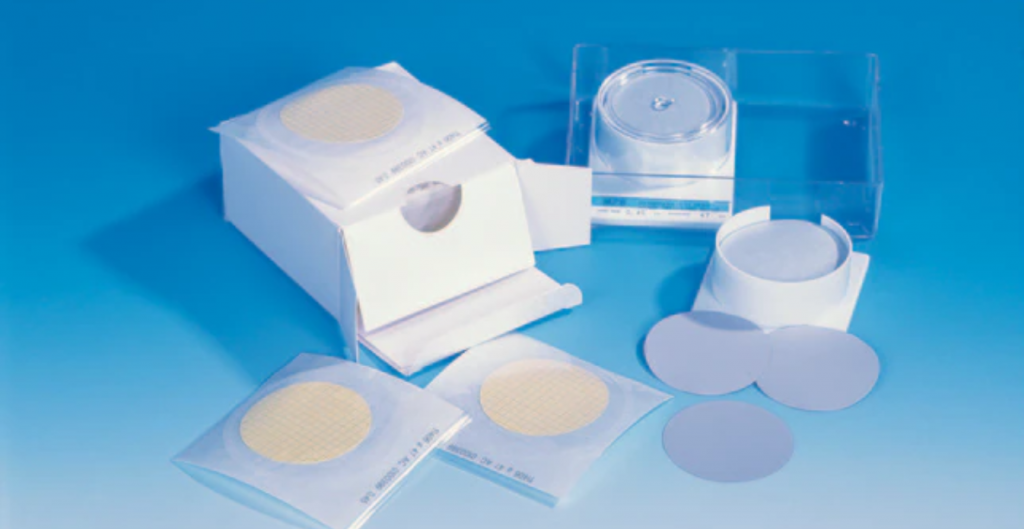Introduction:
In the fascinating world of life science research, maintaining a sterile environment is essential for accurate and reliable results. One key component that plays a crucial role in achieving sterility is the sterile membrane. In this blog, we will explore the significance of sterile membranes in life science research and their impact on experimental integrity.
Understanding Sterile Membranes:
Sterile membranes are specialized filters that act as barriers against microorganisms, ensuring a sterile environment in laboratory settings. These membranes are typically made of materials like cellulose acetate, polyethersulfone, or polyvinylidene fluoride (PVDF). They possess pore sizes that allow the passage of desired molecules while effectively blocking the entry of bacteria, fungi, and other contaminants.
Maintaining Sterility in Cell Culture:
In cell culture work, maintaining a sterile environment is crucial to prevent contamination that can compromise experimental outcomes. Sterile membranes are used to filter cell culture media, buffers, and reagents, removing potential contaminants and ensuring a sterile environment for the growth and maintenance of cells. This enables researchers to obtain reliable and reproducible results in their studies.
Microbiological Analysis and Quality Control:
In microbiological analysis and quality control procedures, sterile membranes are indispensable tools. These membranes are used in methods such as membrane filtration, where liquid samples are filtered through the membrane to separate and enumerate microorganisms. This technique allows researchers to assess the microbial load, identify potential pathogens, and ensure the safety and quality of products in various industries, including food, pharmaceuticals, and environmental monitoring.
Sterile Filtration of Liquids:
Sterile membranes are also utilized in sterile filtration processes. Liquids such as media, buffers, and solutions need to be free from microorganisms before being used in experiments or production processes. Sterile membranes effectively remove bacteria, yeast, and molds, safeguarding the integrity of the liquid and minimizing the risk of contamination.
Selecting the Right Sterile Membrane:
Choosing the appropriate sterile membrane is crucial to meet specific research needs. Factors to consider include the membrane material, pore size, and compatibility with the sample or solvent. Different applications may require different membrane characteristics, such ashydrophilic or hydrophobic properties, high flow rates, or low protein binding. Selecting the right sterile membrane ensures optimal filtration performance and maintains the integrity of the experiment.
Best Practices for Using Sterile Membranes:
To maximize the effectiveness of sterile membranes, it is important to follow best practices:
- Properly handle and store sterile membranes to prevent contamination.
- Use aseptic techniques during membrane handling and filtration procedures.
- Regularly validate and verify the performance of sterile membranes to ensure consistent results.
Conclusion:
Sterile membranes are essential components in life science research, enabling the creation of a sterile environment and ensuring the integrity of experiments. By effectively blocking the entry of microorganisms, sterile membranes contribute to accurate and reliable results in cell culture, microbiological analysis, and sterile filtration processes. Understanding the importance of sterile membranes and selecting the appropriate membrane for specific applications empowers researchers to maintain a sterile environment and achieve successful outcomes in their scientific pursuits.
Website : https://www.gvs-lifesciences.my/



